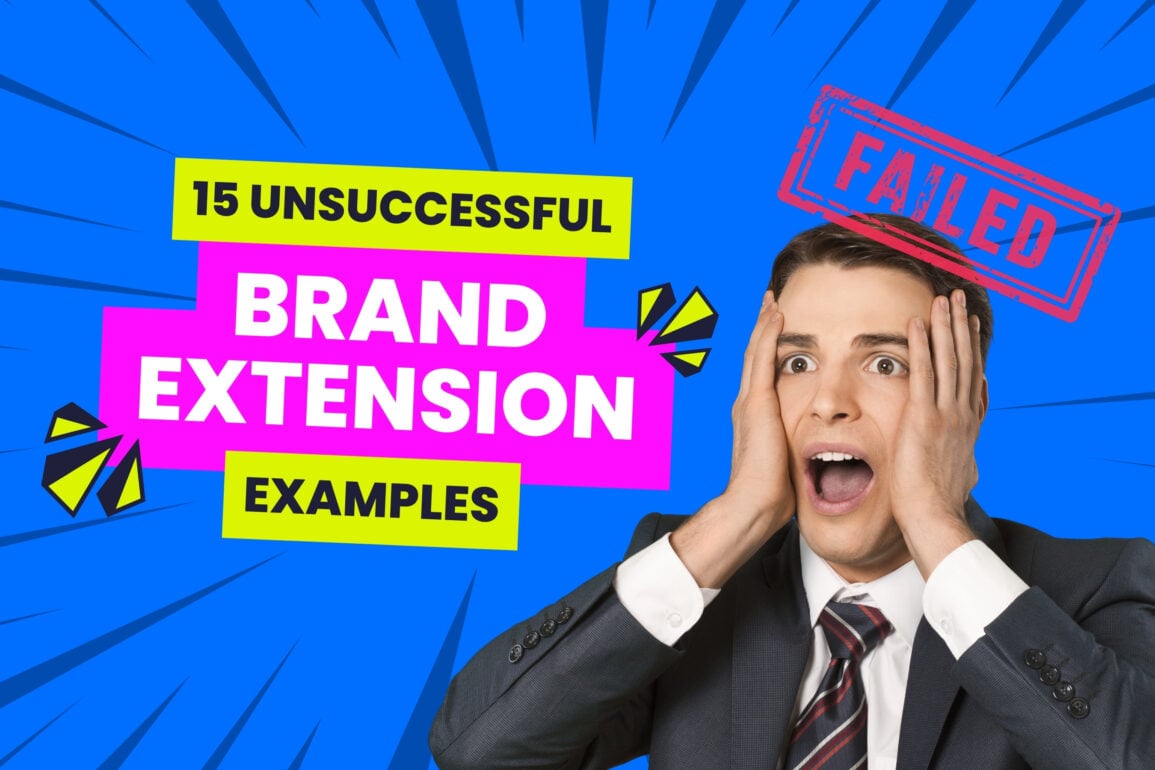How to overcome the impact of a negative brand image (tips and examples)

A negative brand image can be disastrous for any company. Even the biggest, most established brands can lose billions in revenue, and countless customers after a simple slip-up. There are plenty of examples out there, from Facebook (Meta) to Uber.
But hey! We all make mistakes. Sometimes your customers might receive a product that was damaged during transit, or your customer service agent might get frustrated during a phone call. It’s difficult to consistently sidestep all the factors that might lead to a negative reputation.
The good news? Even if you have made a major branding booboo, you’re not necessarily doomed. There are ways you can fix a negative brand image if you’re willing to put in the work.
So, how do you overcome the impact of negative publicity and regain customer loyalty?
Here’s everything you need to know.
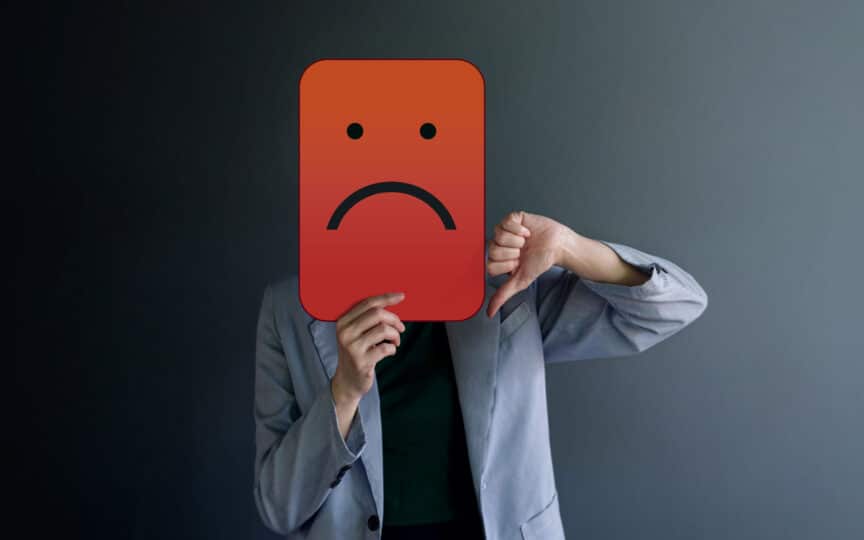
What is a negative brand image?
A “positive brand image”, is what every business should be striving for. We’re not just talking about an attractive logo or color palette here. Your brand image encompasses your entire reputation – how people think, feel, and talk about your brand.
While a good brand reputation helps boost your brand equity and increases customer loyalty, a negative brand image does the opposite.
It destroys the trust of your target market, sends your customers racing towards the competition, and has a massive impact on your profit potential.
A negative brand image, caused by widespread criticism, scandals, and corporate mistakes, cultivates a “negativity bias” towards your company. Even if you only make a small mistake, and still offer an incredible service or product, your customers might avoid you like the plague.
In fact, many companies that lost consumer trust had to spend a lot of time (and money) just to stop their stock prices and revenues from tumbling into oblivion.
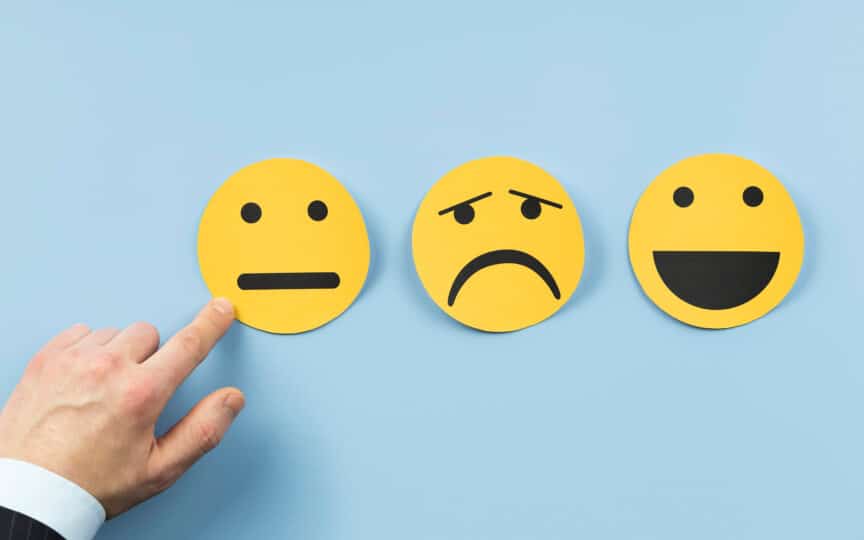
What contributes to a negative brand image?
So, what turns a good reputation into a negative reputation?
The unfortunate truth is there are a lot of potential causes. Negative brand associations can stem from a range of issues, from poor customer service to the behavior of a business owner.
Plus, in today’s digital world, negative press travels fast. A bad review or a scandalous story can quickly become a worldwide phenomenon overnight. It’s no wonder 54% of customers now say they don’t believe companies have their best interests in mind.
Here are some of the biggest factors that contribute to a negative brand reputation:
1. Failures of products or services
When you create a product for your customers, you’re not just manufacturing an item (or a service), you’re delivering a solution. If your offering ends up causing more problems than it fixes, or doesn’t live up to expectations, your reputation will suffer.
For instance, in 2019, Boeing faced a ton of criticism after its aircrafts malfunctioned. For smaller businesses, a product or service that doesn’t work could be enough to banish them from the market completely. That’s why quality assurance is so important.
2. Lack of transparency
You can’t have trust without transparency. Unfortunately, a lot of companies struggle with their reputation because they try to keep too much information “under wraps”. This is particularly common in the fashion industry, where clothing manufacturers stay hushed about their production processes.
If you want a strong brand reputation, you need be clear with your marketing communication. Share your policies, provide useful insights into your processes, and don’t expect customers to turn a blind eye to your practices.
3. Bad customer experience
86% of customers are willing to pay more for a great experience. But just one bad experience can have a serious impact on your brand. Today’s consumers expect you to go above and beyond to serve them and their needs.
If you’re slow at responding to requests for help, or you have a website that’s difficult to use, your brand reputation will start to diminish instantly. Even failing to personalize experiences, or treating customers “like a number” can be disastrous.
4. Corrupt practices
In the endless quest to make a huge profit, some companies don’t always play by the rules. Corrupt practices, like buying low-quality materials to make products, or implementing poor working conditions for employees will no-doubt lead to negative publicity.
Exploitation, dishonesty, or bias can all reduce your stock price and market share. Even the behavior of business leaders can rub off on your brand. People want to see the human beings behind your company respectable and honest.
5. Tone-deaf messaging
This is a biggie. Countless companies have struggled with a negative brand image just because they don’t know how to send the right message to their customers. Using the wrong words in an email, or sharing a cheeky social media post can seriously tarnish your reputation.
Failing to respond appropriately to a crisis is a major issue too. During the pandemic, we saw countless examples of companies attempting to “capitalize” on the suffering of their customers. Don’t take risks with your messaging strategy.
Examples of companies with a negative brand image
Still uncertain about how to define a “negative brand image”? There are plenty of great (or not so great) examples out there. Often it feels like there’s a new scandal in the news every other week. United Airlines lost $800 million in just a few hours after treating a customer poorly.
Elon Musk riled up countless Twitter fans when he started changing the policies of the social media platform.
Here are some other examples of companies with a negative brand image worth mentioning:

1. Cracker Barrel
In the digital world, nothing stays hidden for long. Just look at the drama that emerged during the “Justice for Brad’s Wife” campaign of 2017. Bradley Reid posted on the corporate website of Cracker Barrel, asking why his wife had been fired from her retail-manager job.
The company didn’t respond, but the internet did. New hashtags started trending, and some people even started a petition, asking for answers. People even began adjusting Google and Yelp pages for the brand, with photos of Brad’s wife.
It wasn’t long before other fast-food chains started getting on the game. Chick-Fil-A even created a sign saying, “Now Hiring Brad’s Wife”. Unfortunately, Cracker Barrel stayed quiet about the whole thing, leading to even more negative press.
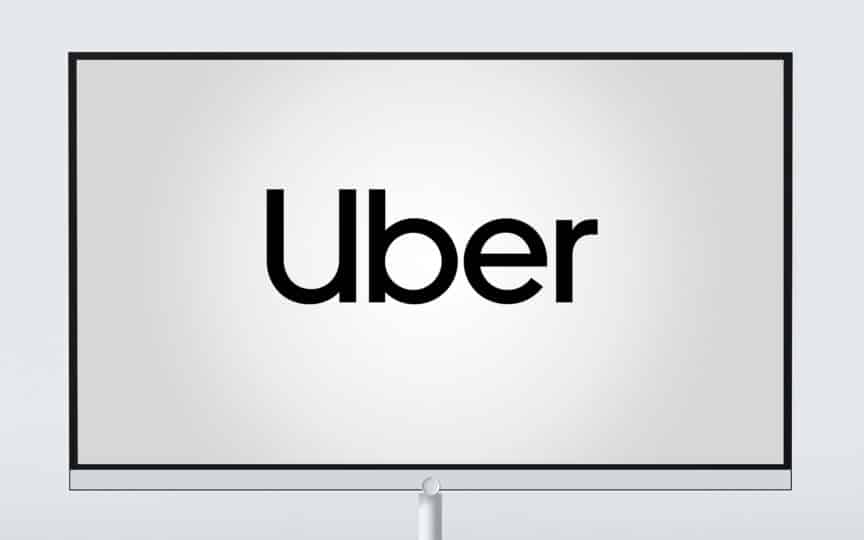
2. Uber
Uber might be one of the most well-known brands in the world today, but it’s no stranger to negative brand equity. In the last few years, the negative effects of poor press have turned the company from one of the most celebrated brands in the world, to a boycott magnet.
In 2017, the CEO Travis Kalanick was ousted as an advisor for Trump, and many potential customers started flocking away from the brand instantly. Next, he made matters worse, through the poor treatment of customers and employees alike.
He was accused of sexual harassment, and gross HR misconduct. Plus, videos surfaced of Travis arguing with his employers, which is never a good look. He even started reducing salaries for employees, which caused the company’s reputation to plummet further.
Though Kalanick announced he needed to “fundamentally change as a leader”, the damage to loyal customers was already done.

3. Volkswagen
Volkswagen has struggled with a tricky brand image for a while, thanks in part to its logo and history. Though the company has updated its image over the years to improve public perception, it hasn’t always had the best impact on customers.
In 2015, the EPA accused Volkswagen breaking the rules of the “Clean Air Act”. It claimed the brand was using technology to bypass emission tests. This not only meant the company was breaking the law, but it was lying to its customers too.
Unfortunately, the company’s response made the situation even worse. They immediately jumped into action to say they didn’t know anything about the issue. However, later, the same team admitted they were aware of the problem all along.
Meanwhile, news emerged that while the company was working to “fix the problem”, they were also laying off hundreds of thousands of workers to make up for lost profits.

How to fix a negative brand image: 5 easy steps
The famous entrepreneur Warren Buffet once said it takes about 20 years to build a reputation, but only five minutes to ruin it. That’s definitely true in today’s fast-paced world, where terrible news travels at the speed of light.
However, it is possible for companies to recover from negative situations. All they really need to do is take the right approach to preserving and cultivating customer trust.
Here are our top tips for repairing your brand’s reputation…
1. Be proactive
You can’t always predict how your ad campaigns and messaging strategy will impact your customers. However, you can take a proactive approach to tracking, understanding, and preserving your brand’s reputation. It just takes a little work.
These days, there are tons of tools available online to help companies keep track of everything from customer satisfaction scores to reviews. Social monitoring tools can even offer an insight view into your brand’s reputation by tracking “mentions” online.
Paying attention to the negative information spreading about your company, reading reviews, and reading news reports will help you tackle false claims and scandals faster, and more effectively.
2. Plan for damage control
Even if you’re proactive about monitoring your reputation on social media platforms and other landscapes, that doesn’t necessarily mean you’ll never encounter issues with your brand image. There’s always a risk negative reviews and problematic practices can come to light.
The question is, do you have a plan for how you’re going to deal with these problems? A lot of large and small businesses alike make bad situations worse by jumping into action without a strategy. They act defensively when responding to negative comments, or try to sweep issues under the rug.
Having a well-thought out plan in place for crisis management can help mitigate these problems. Determine who’s going to be responsible for addressing customer concerns. Have a plan for sharing information quickly with your target audience.
You might even consider working with a branding agency to help you create a consistent brand image after a major public relations nightmare.
3. Own up to your mistakes (and fix the problem)
These days, consumers have higher expectations of brands than ever before. However, that doesn’t mean they always expect you to be perfect. Most consumers understand that businesses across many different industries can sometimes make mistakes.
What they expect from you is the right response. Whether you’re dealing with a negative review, or a press release has left you with a tarnished brand, own up to your mistakes. Don’t try to pass the blame or explain away the issue.
Validate the emotional responses of your customers, and apologize for making a mistake. Remember, the “customer is always right”. Address the problem quickly and comparatively, and look for the best way to fix the problem.
Working with your customers to address any issues they might face can turn unhappy customers into happy ones in an instant. Show you’re committed to positive change.
4. Activate your loyal customers
Few things draw attention away from a PR nightmare, than positive publicity. Even if you encounter a problem with your brand’s image, there may still be loyal customers in your midst who you can activate and turn into advocates for your brand.
Motivate happy customers to share their positive experiences with your brand, and draw attention to those reviews and testimonials in your marketing campaigns. Create a social media campaign asking people to vote on what they like best about your company.
Connect with loyal customers and ask them what you can do to make their experience with your company better than ever. Posting user-generated content, such as positive feedback or images online, can help to re-direct the conversation and remind people why they like your company.
5. Work with the experts
If you’re facing a serious problem with a negative brand image, sometimes the only option is to bring in the big guns. A brand manager or PR expert can help plan a comprehensive strategy for fixing your image. They can give guidance on how to respond to customers.
Some experts can also assist with your marketing strategy, looking for ways to turn negative attention into a positive experience. PR experts can also help to spread your message to the right publications and outlets, ensuring you can stay on top of the problem.
In cases where your brand is irrevocably damaged, you could even consider working with a branding company on a “refresh” or “rebrand.” Just look at how Facebook managed to detach itself from the Cambridge Analytica Scandal, by becoming “Meta” instead.
Companies that lost customer trust (and regained it)
We’ve already shared a few examples of companies that lost customer trust in the past, and failed to fix their reputation. However, there are also plenty of examples of companies that knew how to fix a negative brand image, and turned their misfortune around.
Need some inspiration to repair your brand identity?
Here are our top 3 examples:

1. McDonald’s
Fast food companies frequently encounter issues with negative feedback from customers, and press releases highlighting the “quality” of their food. McDonald’s is no exception. Back in 2004, McDonald’s gained a lot of negative attention thanks to a documentary.
“Super Size Me”, created by Morgan Spurlock, looked at the impact the company’s food had on consumer health over an extended period. He ate nothing but McDonald’s for a month, and “supersized” his meal whenever he had the opportunity.
Spurlock gained a whopping 25 pounds, and suffered damage to his liver and cholesterol. Straight after the documentary aired, McDonald’s UK sales dropped to some of their lowest levels ever.
Fortunately, McDonald’s took note. It phased out its Supersize portions, focused on adding new healthy options to its customers and even gave free step counters away. The company showed customers it was putting their needs, not its profit margins, first.

2. Aldi
Unless you’re from the UK, you might not be familiar with the cultural phenomenon of the “Caterpillar cake”. Visit just about any supermarket in the company, and you’re sure to find some variation of this classic birthday treat.
Unfortunately, though creating custom-branded versions of food products is nothing new, the original creators of the cake, “M&S”, started to fight back against the reproductions. They even initiated legal proceedings against Aldi, who had their own “Cuthbert” cake.
Legal action for IP theft is never a good look for a brand. Fortunately, Aldi took the right approach. Instead of backing down, they fought back with a fun social media campaign and ads connected to the #FreeCuthbert hashtag.
Instead of focusing on winning the court case, Aldi concentrated on capturing the hearts and minds of their loyal customers. They demonstrated their commitment to being a fun and reliable retailer, and got the UK masses on their side as a result.
The #FreeCuthbert campaign was an incredible success, leading to tons of positive publicity for the retailer, as well as protests outside of M&S.
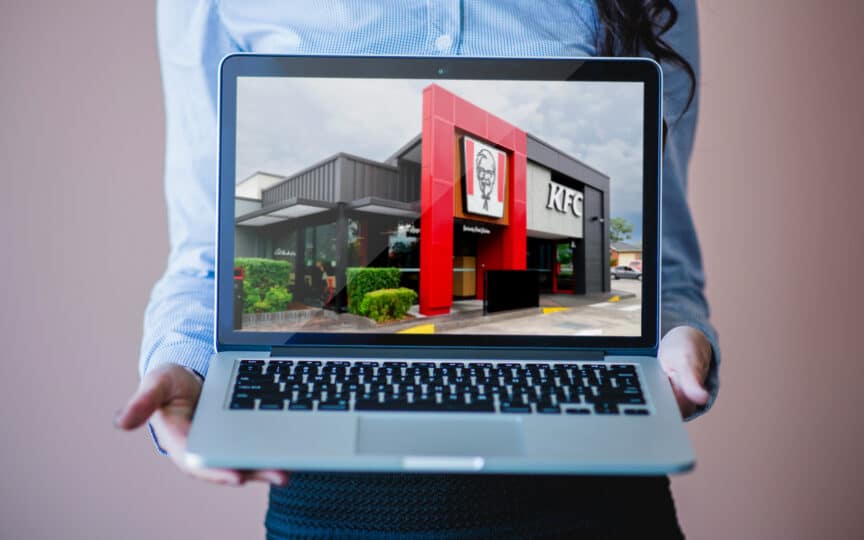
3. KFC
Another fast food brand that’s faced a few hurdles over the years, KFC has shown both positive and negative responses to bad publicity in the past. A few years ago, KFC, like many companies, was struggling with supply chain issues.
Many of the restaurants throughout the UK ran out of chicken, making them essentially pointless. KFC was forced to close their stores, but they didn’t just try to hide the issue. They quickly apologized, with a lighthearted campaign.
Their full page apology to consumers included an image of a KFC bucket, with the letters conveniently re-arranged to represent a common expletive. The apology appeared in two national newspapers, and reached an audience of over 1 billion people on social media.
The apology was funny, honest, and humble. It struck the perfect tone with consumers, who immediately forgave KFC for their indiscretions. In fact, KFC saw its sales increase when stores did eventually reopen, thanks largely to their unique response.
Overcoming a negative brand reputation
Fixing a negative brand reputation isn’t easy. While it takes years to develop positive equity for a company, one or two simple mistakes can bring all your hard work crashing down.
Something as simple as a bad social media post or a supply chain issue can cost companies millions in marketing, lost revenue, and unhappy customers. Unfortunately, no matter how careful you might be with your marketing and sales strategy, there’s always a chance something could go wrong.
While you might not be able to avoid negative attention forever, you can decide how you’re going to respond to it. Taking a proactive approach to preserving, protecting, and repairing your brand reputation is crucial in today’s fast-paced world.
With the right approach, you can turn negative press into happy customers, and even increase brand loyalty. Need help recovering from a brand scandal yourself?
Reach out to Fabrik to see how we can help elevate your company’s brand, and keep you out of the dog house with your customers.
Fabrik: A branding agency for our times.














